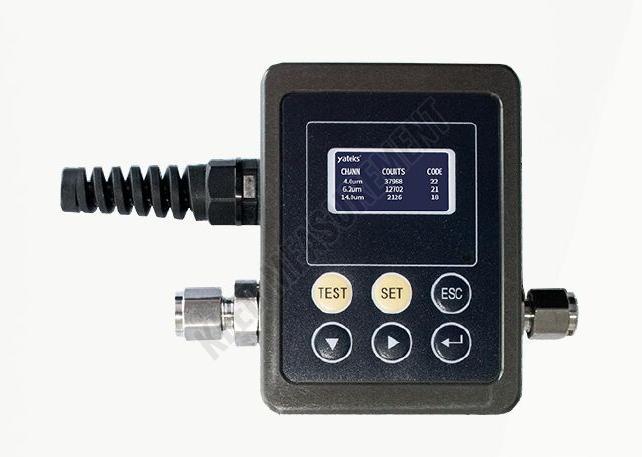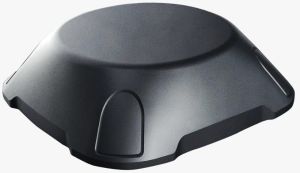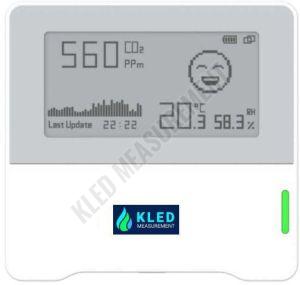- Mumbai, Maharashtra
3.50 Lac - 4 Lac / piece
| Business Type | Manufacturer, Exporter, Supplier |
| Additional Information | |
| Country of Origin | India |
| Interface Mode | Standard High Pressure Hose; Optional Internal Dia.4mm and External Dia.6mm Low Pressure Hose |
| Click to view more | |
Product Details
Humidity
Work under relative humidity 20%~85%, no condensation, storage humidity 98%
Size
100mm*75mm*71mm( L * W *H )
Power
DC 9V, 1000mA
Storage temperature
-55℃~80℃
Environment Temperature
-30℃~60℃
Oil temperature
<80℃
Detection Flow Speed
50~300mL/min
Online Pressure
0~10MPa; 0~40MPa (should with pressure reducing valve)
Accuracy
±0.5 pollution degree
KL-PC-2 Online Oil Particle Counter Sensor
- Adopts the light blockage method (photoresistance method) principle
- Can be calibrated as per ISO4402 or ISO11171 standards
- Equipped with a standard serial RS485 interface
- Enables real-time data analysis and monitoring of hydraulic system wear trends
- KL-PC-2 Online Particle Counter Sensor is developed based on the light blockage method
- (photoresistance method) principle. It is used for on-line real-time monitoring of particle pollution in the
- oil circuit of hydraulic systems. It finds applications in aerospace, aviation, electric power, petroleum,
- chemical industry, traffic, port, metallurgy, machinery, automobile manufacturing, etc. It can detect solid
- particle oil pollution in hydraulic oil, lubricating oil, transformer oil, insulating oil, turbine oil, gear oil,
- engine oil, kerosene, water-based hydraulic oil, as well as particles impurities in organic liquids and
- polymer solutions.
Detection Principle:
- KL-PC-2 Online Particle Counter Sensor adopts the light blockage method specified by
- ISO4402/ISO11171 to test the oil pollution degree. It offers fast detection speed, strong antiinterference,
- high precision, and good repeatability.
- The light blockage method is illustrated in Figure 2-1. A parallel beam vertically crosses the projected
- area named A and exposes it to the photoelectric receiver. When no particles are present in the fluid flow
- circuit, the output voltage is "E". When a particle and its shadow area named "a" flow in the projected
- area, they block the parallel beam, causing the transmitted light to attenuate. At this point, a negative
- pulse is generated in the circuit
Looking for "KL-PC-2 Online Oil Particle Counter Sensor" ?
Piece













